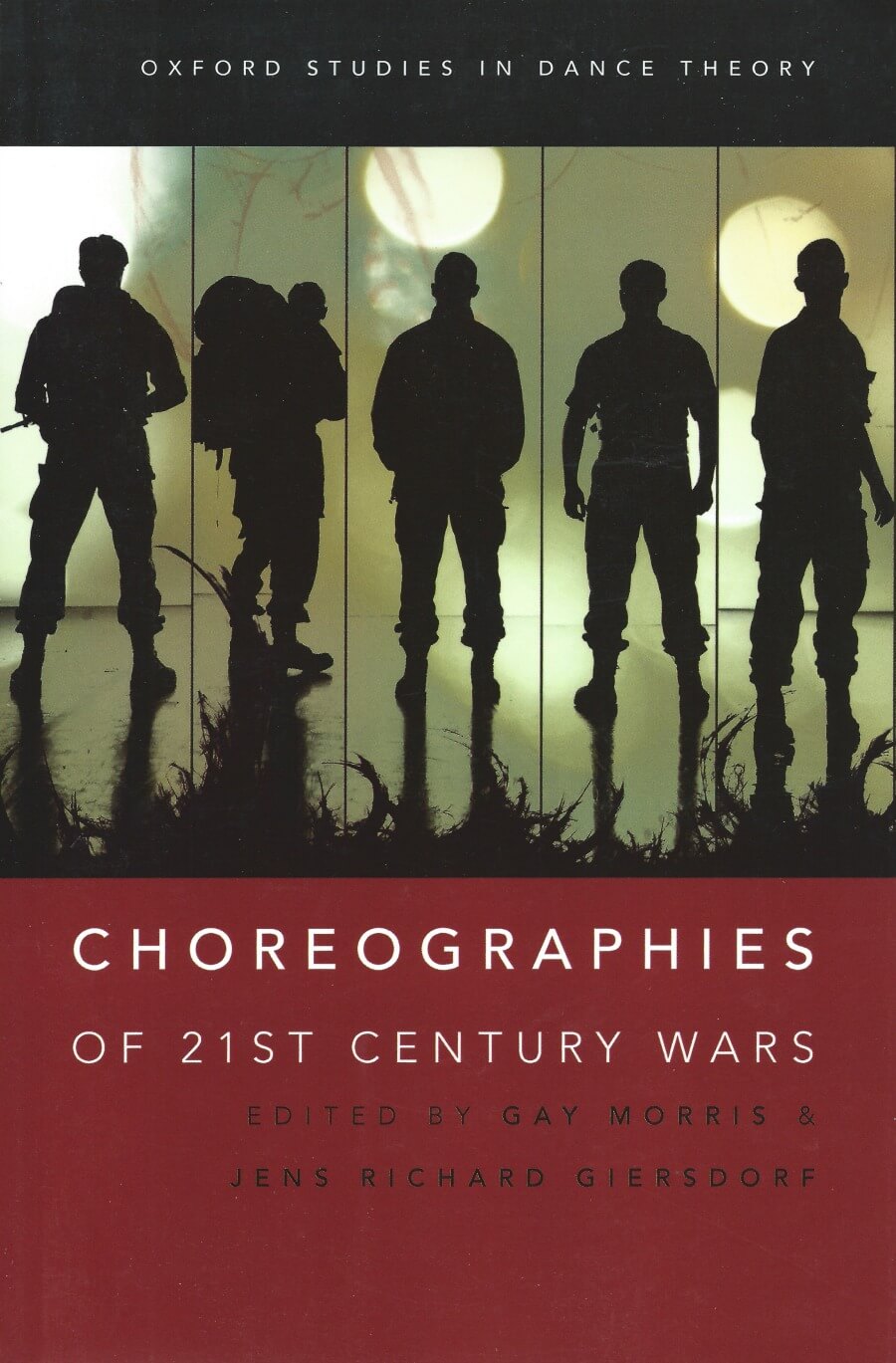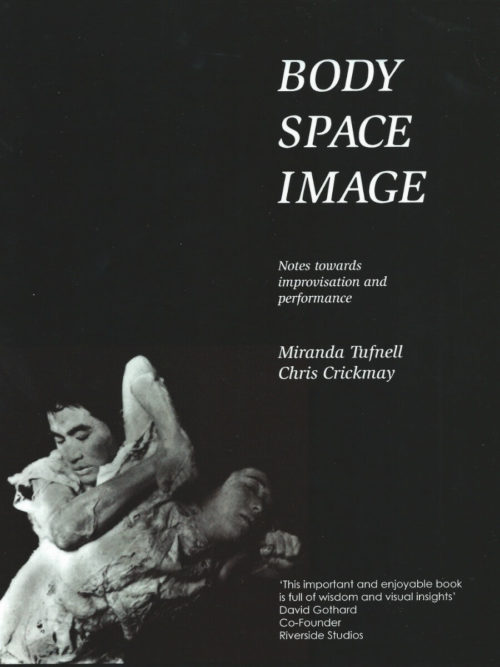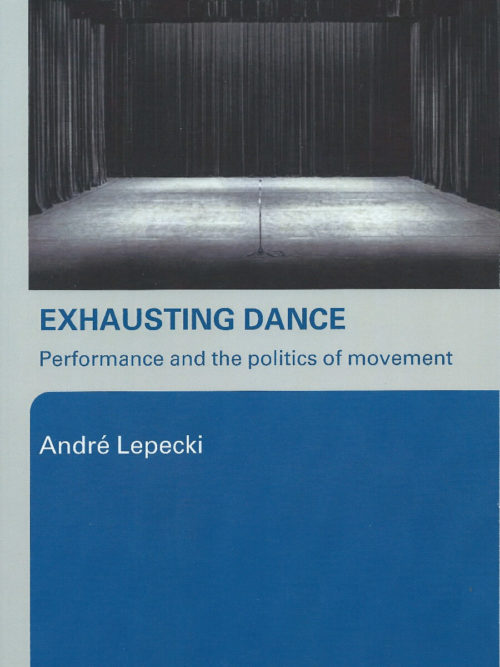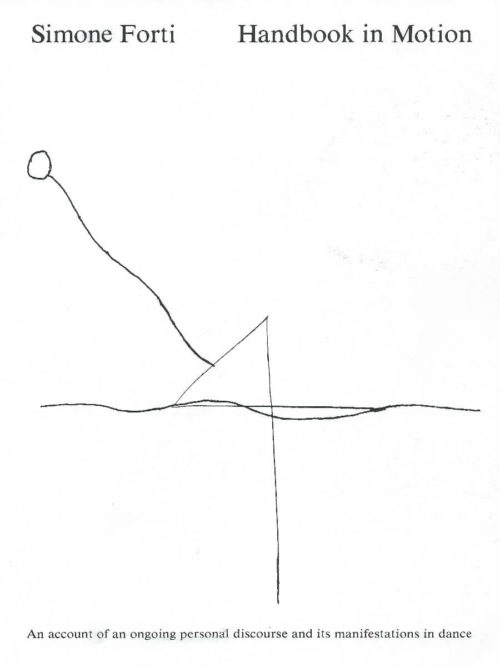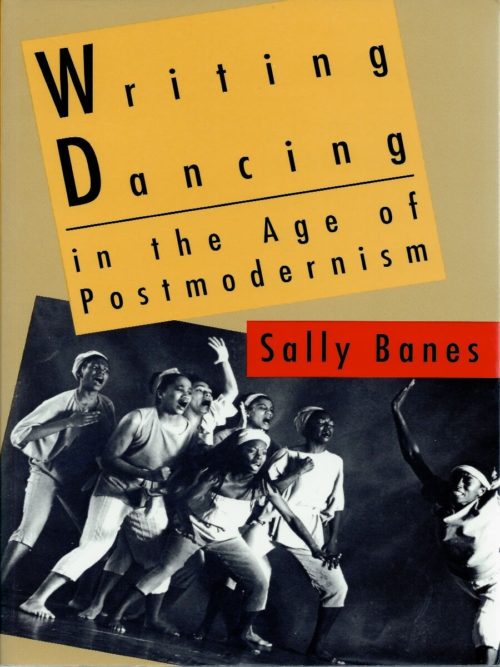RÉSUMÉ
Wars in this century are radically different from the major conflicts of the 20th century—more amorphous, asymmetrical, globally connected, and unending. Choreographies of 21st Century Wars is the first book to analyze the interface between choreography and wars in this century, a pertinent inquiry since choreography has long been linked to war and military training. The book draws on recent political theory that posits shifts in the kinds of wars occurring since the First and Second World Wars and the Cold War, all of which were wars between major world powers. Given the dominance of today’s more indeterminate, asymmetrical, less decisive wars, we ask if choreography, as an organizing structure and knowledge system, might not also need revision in order to reflect on, and intercede in, a globalized world of continuous warfare. In an introduction and sixteen chapters, authors from a number of disciplines investigate how choreography and war in this century impinge on each other. Choreographers write of how they have related to contemporary war in specific works, while other contributors investigate the interconnections between war and choreography through theatrical works, dances, military rituals and drills, the choreography of video war games and television shows. Issues investigated include torture and terror, the status of war refugees, concerns surrounding fighting and peacekeeping soldiers, national identity tied to military training, and more. The anthology is of interest to scholars in dance, performance, theater, and cultural studies, as well as the social sciences.
Contributors: Gay Morris & Jens Richard Giersdorf, Nicholas Rowe, Alessandra Nicifero, Derek A. Burrill, Sarah Davies Cordova, Janet O’Shea, Yehuda Sharim, Harmony Bench, Neelima Jeychandran, Bill T. Jones, Rosemary Martin, Maaike Bleeker & Janez Janša, Rosie Kay and Dee Reynolds, Ariel Osterweis, Ruth Hellier-Tinoco , Gerald Siegmund, Mark Franko.

